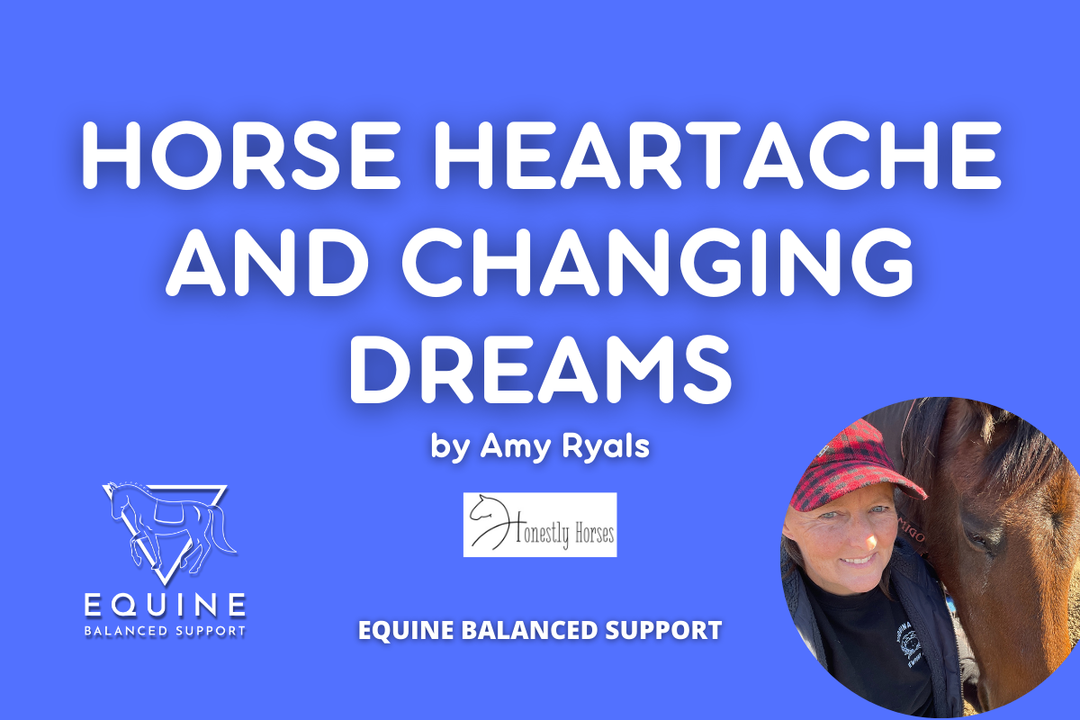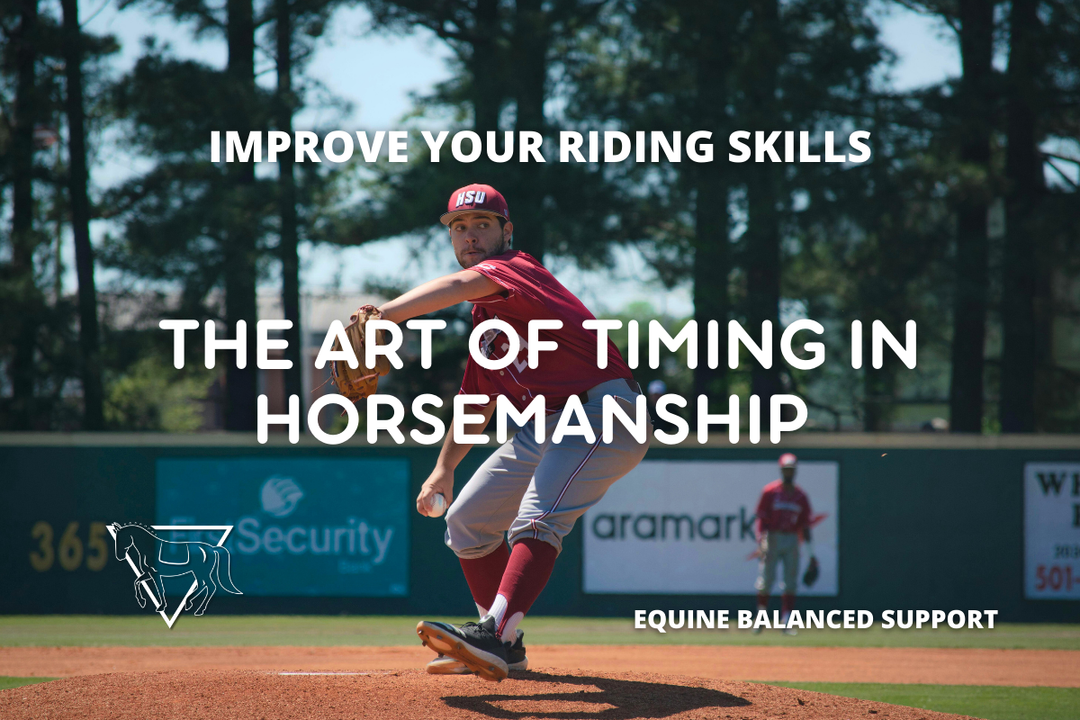Debunking 7 Common Myths About Horse Behavior

Debunking 7 Common Myths About Horse Behavior: Understanding Subtle Signs and Misconceptions for Better Equine Care
As horse enthusiasts, understanding the behavior of our equine companions is crucial for their well-being and our safety. However, several common misconceptions about horse behavior can lead to misunderstandings and improper handling. Let's debunk some of these myths with scientific research and ethology insights.
Horses Only Roll to Scratch Themselves
Rolling is a typical horse behavior, often thought merely a way to scratch an itch. However, studies indicate that rolling serves multiple purposes. Horses roll to alleviate discomfort, cool down after exercise, and even mark their territory. Frequent rolling might be a red flag for health issues such as colic or skin irritations. A thorough health check is advisable if your horse is rolling more than usual.
Horses That Swish Their Tails Are Just Annoyed by Flies
While it's true that horses swish their tails to shoo away flies, this behavior can also indicate irritation, frustration, or discomfort. Tail swishing may signal underlying problems such as back pain or an ill-fitting saddle. Horses often swish their tail when experiencing digestive discomfort, which can be an early sign of colic. Observing the context and frequency of tail swishing can help determine if your horse is experiencing pain that needs addressing.
Horses Only Kick When They're Angry
Kicking is often perceived as an expression of anger, but research suggests otherwise. Kicking is primarily a defensive behavior seen in wild equids to protect themselves from predators or threats. In domestic horses, kicking can respond to fear, pain, or irritation rather than anger. Understanding the context and body language preceding a kick is essential for proper interpretation.
A Horse That's Pawing Is Just Being Impatient
Pawing can be mistakenly attributed to impatience, but it can indicate a range of emotions and conditions. Pawing might signal anxiety, discomfort, frustration, or even boredom. It can also be a stereotypic behavior arising from stress or pain. Researchers emphasize the importance of assessing the horse's overall behavior and environment to identify the root cause of pawing.
Horses Only Whinny When They Are Happy
Vocalizations like whinnying serve multiple purposes beyond expressing happiness. Horses whinny to communicate with other horses, express separation anxiety, or seek attention. Ethological studies show that the context and accompanying body language are crucial for accurately interpreting the emotional state behind a whinny. A horse's whinny can provide valuable insights into its emotional well-being.
Horses Buck to Be Naughty
Bucking is often seen as a sign of misbehavior or rebellion. Bucking is a natural behavior that can indicate excitement, discomfort, fear, or a response to an ill-fitting saddle or rider imbalance. Research on equine biomechanics and behavior underscores the importance of identifying the physical or environmental factors contributing to bucking.
Horses That Lower Their Heads Are Always Relaxed
A lowered head is commonly interpreted as a sign of relaxation and submission. However, ethological studies reveal that horses may lower their heads as a displacement activity when conflicted or unsure. Understanding the full spectrum of equine body language and the context of behaviors is essential for accurate interpretation. A horse with a lowered head might be processing complex emotions, not just feeling relaxed.
Key Take Aways
Understanding these common behavioral misconceptions can significantly enhance your relationship with your horse. By considering the context and underlying causes of these behaviors, you can ensure better care and handling of your equine companion. Stay observant, consult with equine professionals, and strive to deepen your knowledge of horse behavior. Remember, they are individuals like humans; recognizing this will help you learn your horse's communication style. Your horse will thank you for it.
For more insights on horse behavior and care, follow our blog and join our community of horse enthusiasts. Let's work together to ensure the best for our beloved equine friends!






Leave a comment